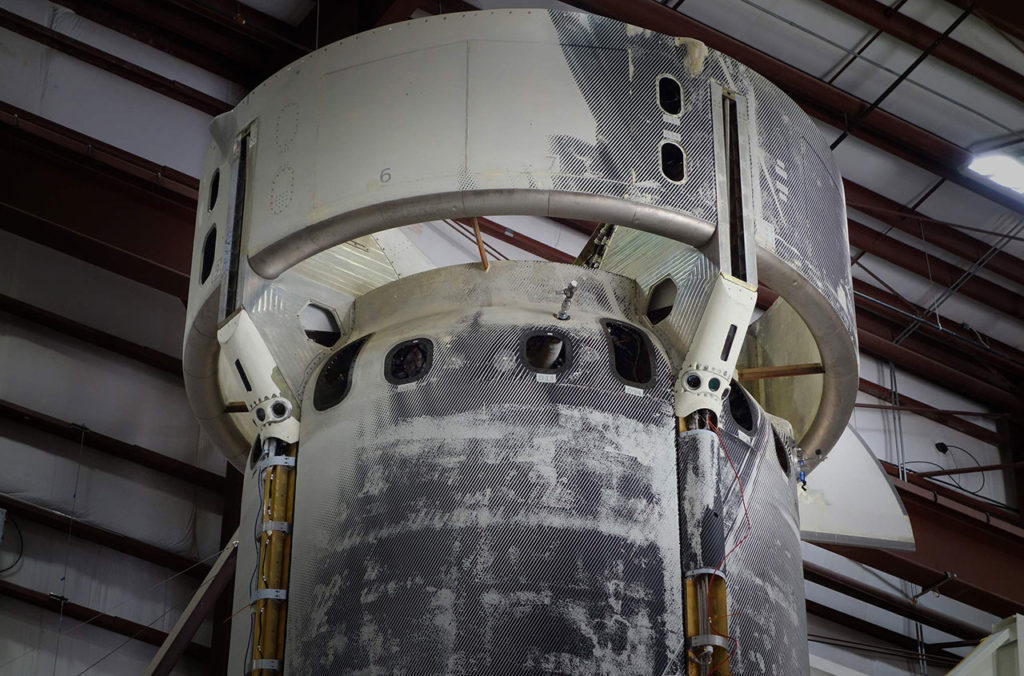The Blue Origin, the aerospace company of Jeff Bezos, has successfully completed the 13th New Shepard mission to space and back, and a record 7th consecutive flight for this particular vehicle – previous booster completed five consecutive successful flights before retirement. The trip to space was used to test out a suite of lunar landing sensors for NASA for the first time, which will be key to the agency’s ambitions to return to the Moon.
The launch vehicle took off from the West Texas base with the NASA Lunar Landing Sensor Demo onboard. Twelve payload elements took off, the most important of which was the Deorbit, Descent, and Landing Sensor Demonstration. The device was attached to the outside of the rocket and launched under NASA’s Tipping Point program, which is supposed to stimulate the development of key space technologies by private companies.

The launch was originally supposed to take place on September 24, but it was postponed due to technical problems. The flight, which reached a maximum height of 106 kilometers (65 miles), lasted just over 10 minutes. The booster rocket returned vertically to the launch center and was followed by the capsule, which parachuted to the desert surface.
The objective of the NS-13 mission is to verify the correct functioning of each of the sensors and computers used in data collection. It is expected that, based on the test sample, an automatic precision landing system will be developed for future flights to the Moon under the Artemis program.

“Today’s flight was inspiring. Using New Shepard to simulate landing on the Moon is an exciting precursor to what the Artemis program will bring to America,” said Bob Smith, CEO, Blue Origin. “Thanks to NASA for partnering with us, and congrats to the Blue Origin team on taking another step toward returning to the Moon to stay.”
Blue Origin is one of NASA’s three main private contractors for the US return to the moon project. The company has already unveiled a full-size mock-up of the lunar module, which is designed to reveal design flaws during experimental operation.
In addition to Blue Origin, SpaceX and Dynetics are currently creating a new lunar landing module under a contract with NASA. The best of these technical projects, which will pass all the necessary tests, will be used to land astronauts on the Moon in 2024 under the Artemis program.
